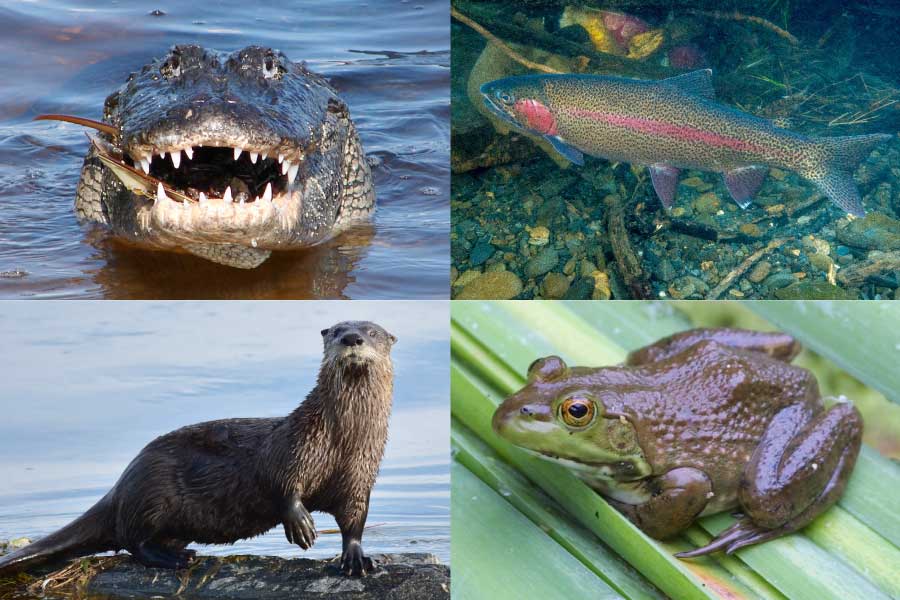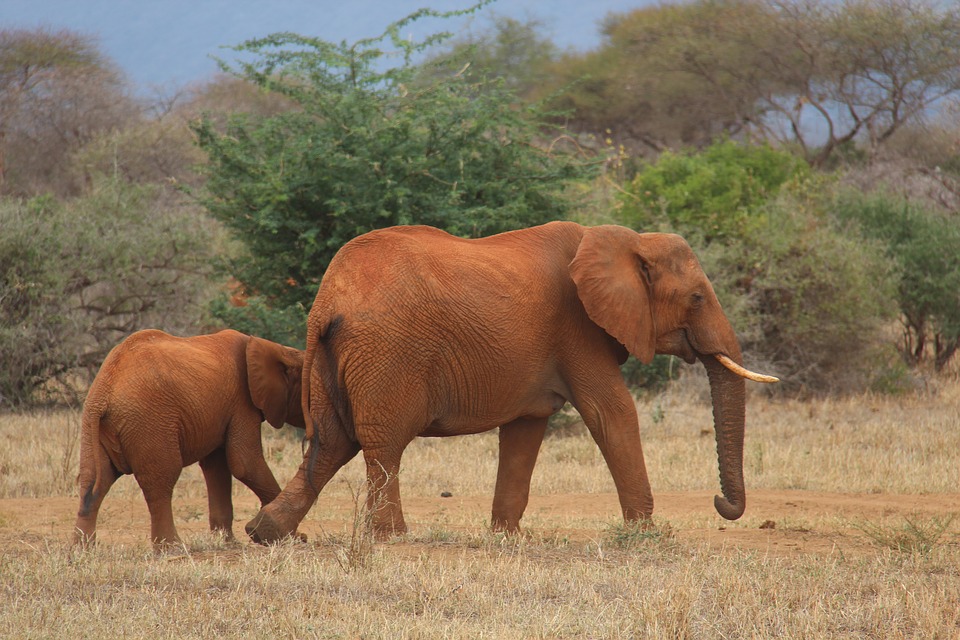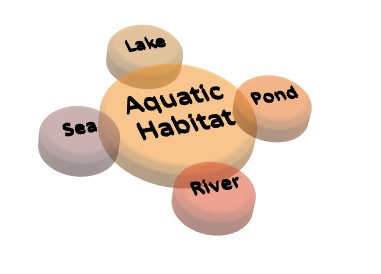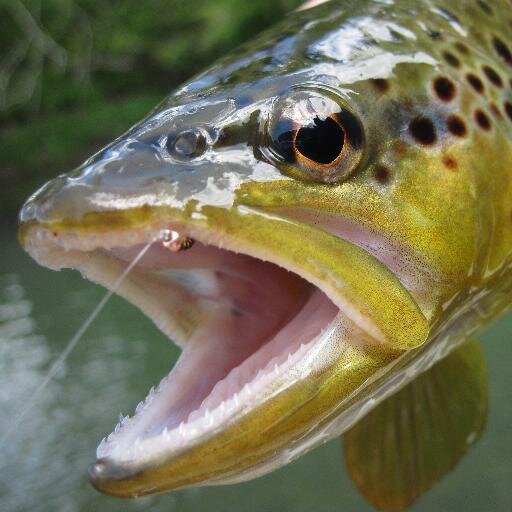Aquatic Habitat Animals And Plants Mi Primer Año En Red Xxi: Vertebrates
Aquatic habitats are fascinating ecosystems that are teeming with life. From the depths of the oceans to the freshwater lakes and rivers that surround us, these habitats provide a unique environment for a wide variety of plants and animals. In this post, we will explore the beauty and diversity of aquatic habitats, and discover some of the incredible adaptations that organisms have developed to thrive in these watery worlds.
Aquatic Habitat Definition / Definition Of Ecosystem Water
Before we dive into the specifics of aquatic habitats, let's first understand what they are. An aquatic habitat refers to any environment that is primarily composed of water. These habitats can be either freshwater (such as lakes, rivers, and ponds) or saltwater (such as oceans and seas). Aquatic ecosystems are incredibly diverse, ranging from shallow marshes to deep-sea trenches, and they support a wide variety of life forms.

Aquatic habitats are characterized by their distinct physical and chemical properties. Firstly, water is the primary medium through which energy, nutrients, and oxygen are transported within these ecosystems. Secondly, aquatic habitats have different temperature profiles compared to terrestrial habitats, as water absorbs and releases heat more slowly. Lastly, the density and viscosity of water are much higher than air, which has significant implications for how organisms move and interact with their environment.
Adaptations in Animals | Habitats | Terrestrial Aquatic | Class 4 - YouTube
The animal kingdom is full of fascinating examples of adaptations that enable creatures to survive and thrive in aquatic habitats. Let's take a closer look at some of these adaptations:

Gills: Fish and other aquatic organisms have evolved gills, specialized organs that allow them to extract oxygen from the water. Gills are highly efficient at extracting dissolved oxygen from the surrounding water, enabling fish to breathe and maintain their metabolism underwater. Some species of amphibians and insects also have gills during their larval stages.
Swim Bladders: Swim bladders are gas-filled organs found in many species of fish. They help regulate the fish's buoyancy, allowing them to move up and down in the water column with ease. By adjusting the amount of gas in their swim bladder, fish can maintain their position at different depths without expending excessive energy.
Streamlined Body Shape: Many aquatic animals, such as dolphins and sharks, have evolved a streamlined body shape that reduces drag as they move through the water. This adaptation allows them to swim quickly and efficiently, enabling them to catch prey or evade predators.
Camouflage: Adaptations for camouflage are prevalent in aquatic habitats, where blending into the surroundings is crucial for avoiding predation. Many species of fish, such as the leafy seadragon, have evolved elaborate body shapes and patterns that help them blend in with their environment, making them nearly invisible to potential threats.
Webbed Feet and Flippers: Webbed feet and flippers are adaptations seen in various aquatic animals, including ducks, penguins, and seals. These specialized appendages help propel them through the water, allowing for efficient swimming and diving.

Aquatic Habitat - Shot taken in Georgia Aquarium
One of the most awe-inspiring aquatic habitats can be found in the Georgia Aquarium. This magnificent aquarium is home to a vast array of marine species, and it offers visitors a chance to observe and learn about the wonders of aquatic life.
Aquatic habitats in the Georgia Aquarium range from expansive exhibits that mimic coral reefs to smaller tanks that showcase various freshwater ecosystems. Visitors can marvel at the vibrant colors and intricate patterns of tropical fish, witness the grace and power of majestic sharks, and even get up-close and personal with playful dolphins.
One of the highlights of the Georgia Aquarium is the Ocean Voyager exhibit, which is home to a diverse array of marine life, including whale sharks, manta rays, and countless species of fish. This massive exhibit holds more than 6 million gallons of water, making it one of the largest indoor aquatic habitats in the world.

Visiting the Georgia Aquarium is not only a feast for the eyes but also an opportunity to learn about the important role aquatic habitats play in the overall health of our planet. The aquarium offers educational programs and interactive exhibits that highlight conservation efforts and the importance of preserving these fragile ecosystems.
Aquatic Habitats and Special Adaptations | Learning Concepts
As we delve deeper into the world of aquatic habitats, it's essential to understand the special adaptations that organisms have developed to thrive in these environments.

Marine Adaptations: Marine organisms have evolved specific adaptations to cope with the challenges of living in saltwater environments. For example, some species have developed the ability to excrete excess salt through specialized glands or by converting it into harmless substances. Others have evolved unique organs, such as a lateral line system, which allows them to detect vibrations and changes in water pressure.
Freshwater Adaptations: Freshwater habitats pose different challenges for the organisms that reside in them. One key adaptation is the ability to osmoregulate, or maintain the balance of water and salt concentrations within their bodies. Many freshwater animals have specialized kidneys or other organs that help them regulate their internal water balance, preventing dehydration or overhydration.
Endangered Species: Unfortunately, many aquatic habitats and the unique organisms that call them home are under threat. Pollution, habitat destruction, and climate change are just a few of the factors that contribute to the decline of aquatic species. Endangered animals in freshwater biomes, such as the Chinese paddlefish and the Amur leopard, face an uncertain future unless we take immediate action to protect their habitats and conserve their populations.
Freshwater Biome: Freshwater biomes encompass a wide range of habitats, including lakes, rivers, streams, and wetlands. These ecosystems are vital for countless plant and animal species and provide essential services to humans, such as drinking water, irrigation, and recreational activities. Freshwater biomes support a rich diversity of aquatic plants, such as water lilies and cattails, as well as numerous species of fish, amphibians, reptiles, and birds.

Fascinating Freshwater Animals: The freshwater biome is home to an incredible array of animals that have adapted to life in and around water. From the agile otter to the elusive beaver, these creatures have remarkable adaptations that enable them to thrive in aquatic habitats. Other notable freshwater animals include turtles, frogs, dragonflies, and various species of fish, such as the rainbow trout and the piranha.

Aquatic Habitat - ClassNotes.ng
Understanding aquatic habitats is an essential part of biology, and there are excellent resources available to enhance our knowledge on this subject. One such resource is ClassNotes.ng, which provides comprehensive information on various topics, including aquatic habitats and their associated organisms.

Whether you're a student looking to expand your understanding of the natural world or a nature enthusiast eager to learn more, platforms like ClassNotes.ng offer valuable insights into the diverse ecosystems that exist within aquatic habitats.
So, the next time you encounter a body of water, whether it's a serene pond, a rushing river, or the vast expanse of the ocean, take a moment to appreciate the intricate web of life that thrives in aquatic habitats. From the smallest microorganisms to the largest marine mammals, these ecosystems are full of wonders waiting to be explored and protected.
If you are looking for Marine Biome: Animals | Marine Biom you've came to the right page. We have 30 Pics about Marine Biome: Animals | Marine Biom like Aquatic - Habitats, Aquatic Habitat by Charles Nicholas Lim on 500px | Ocean habitat and also What are the different types of habitat? Give diagrams The Living. Here it is:
Marine Biome: Animals | Marine Biom
 apesmarinebiomdianaandamerica.blogspot.com
apesmarinebiomdianaandamerica.blogspot.com animals biome marine ocean animal sea fish biodiversity find biom whales mollusks bacteria crustaceans anemones fungi rich many other
Aquatic Habitat
 passnownow.com
passnownow.com aquatic habitat
Free Images : Water, Wetlands, Wildlife, Frog, Toad, Amphibian, Close
 pxhere.com
pxhere.com wetlands pond wildlife animal animals aquatic plants frog water amphibian fauna macro toad barrel portrait eyes garden fish vertebrate bullfrog
Aquatic Habitat By Charles Nicholas Lim On 500px | Ocean Habitat
 www.pinterest.com
www.pinterest.com habitat aquatic living things marine water 500px aquarium environment types sea lim nicholas charles ng classnotes
Aquatic Plants - Definition, Types, And Importance Of Aquatic Plants
 www.toppr.com
www.toppr.com plants aquarium aquatic fish algae types animals freshwater aquariums underwater definition light beginners low importance
Endangered Animals In Freshwater Biomes | Sciencing
freshwater endangered biomes crocodile jupiterimages
Aquatic Habitat | Shot Taken In Georgia Aquarium. Liked It A… | Flickr
 flickr.com
flickr.com aquatic habitats habitat aquarium flickr
Science - How Animals Adapt To Aquatic Habitat - English - YouTube
class habitat animals aquatic science adapt english desert beach school
What Are The Different Types Of Habitat? Give Diagrams The Living
 www.nextgurukul.in
www.nextgurukul.in habitat types aquatic different diagrams give habitats terrestrial
Aquatic Habitat - ClassNotes.ng
 classnotes.ng
classnotes.ng freshwater habitats characteristics classnotes
Gulf Of Maine Council >
aquatic habitats gulf maine eel
Aqua Experience: Aquatic Plants In Their Natural Habitat
 aquaexperience.blogspot.com
aquaexperience.blogspot.com plants habitat aquatic their aqua experience somma lombardo location
Difference Between Aquatic And Terrestrial Animals | Definition
 pediaa.com
pediaa.com terrestrial animals aquatic difference between animal habitat features shark dolphin elephant figure pediaa
Juvenile Rearing Habitat – TRRP
habitat aquatic rearing juvenile salmonid
Aquatic Habitat Ltd - YouTube
 www.youtube.com
www.youtube.com aquatic habitat
Wallpaper : Landscape, Animals, Sea, Nature, Plants, Underwater, Coral
 wallhere.com
wallhere.com wallpaper sea ocean under underwater animals wallpapers reef coral fish marine plants nature habitat deep natural landscape biology landform environment
Aquatic Habitat : Class 6 Science Lesson - The Living Organisms And
 www.netexplanations.com
www.netexplanations.com aquatic habitat organisms water living class defined plants both animals which live
Aquatic Habitat - ClassNotes.ng
 classnotes.ng
classnotes.ng aquatic adaptation classnotes ng
Mi Primer Año En Red XXI: VERTEBRATES - FISH And AMPHIBIANS (Science Y5)
 sangregorio5aguilardecampoo.blogspot.com
sangregorio5aguilardecampoo.blogspot.com aquatic fish habitat reptiles amphibians their xxi año primer mi red water vertebrates science sgaguilar javier ramos gregorio sección bilingüe
Aquatic Habitats And Special Adaptations | Learning Concepts
 www.orchidsinternationalschool.com
www.orchidsinternationalschool.com Class 6 Science Living Organisms And Their Surroundings
 byjus.com
byjus.com habitat aquatic living their surroundings organism organisms cbse animals
Adaptations In Animals | Habitats | Terrestrial Aquatic | Class 4 - YouTube
 www.youtube.com
www.youtube.com animals habitats terrestrial aquatic class adaptations
Aquatic Habitat Definition / Definition Of Ecosystem Water - Definitoin
 vvaklap.blogspot.com
vvaklap.blogspot.com definition ecosystem
Aquatic Habitat (@aquatic_habitat) | Twitter
 twitter.com
twitter.com habitat aquatic
Definition Of An Aquatic Ecosystem | Sciencing
 sciencing.com
sciencing.com ecosystem aquatic definition community live organisms environment
Freshwater Biome Facts: Freshwater Habitats, Animals & Plants
 www.activewild.com
www.activewild.com animals freshwater biome plants water rivers habitats streams facts ponds lakes providing countless drinking essential earth also just but
Animals Of The Freshwater Habitat - YouTube
 www.youtube.com
www.youtube.com 10 Facts About Aquatic Animals | Fact File
 factfile.org
factfile.org aquatic fish animals tropical biomes reef sea aqua facts marine water ecosystems biology ck
The Components Of An Aquatic Ecosystem | Animals - Mom.me
pond ecosystem aquatic freshwater animals ponds ecosystems water biome plants components fotolia ehow projects school biomes chua quennie project
Aquatic - Habitats
aquatic animals turtle natural turtles animal sea marine found behaviour reptiles water tagging species their green biomes there habitats weebly
Freshwater habitats characteristics classnotes. Wallpaper sea ocean under underwater animals wallpapers reef coral fish marine plants nature habitat deep natural landscape biology landform environment. 10 facts about aquatic animals
Post a Comment for "Aquatic Habitat Animals And Plants Mi Primer Año En Red Xxi: Vertebrates"